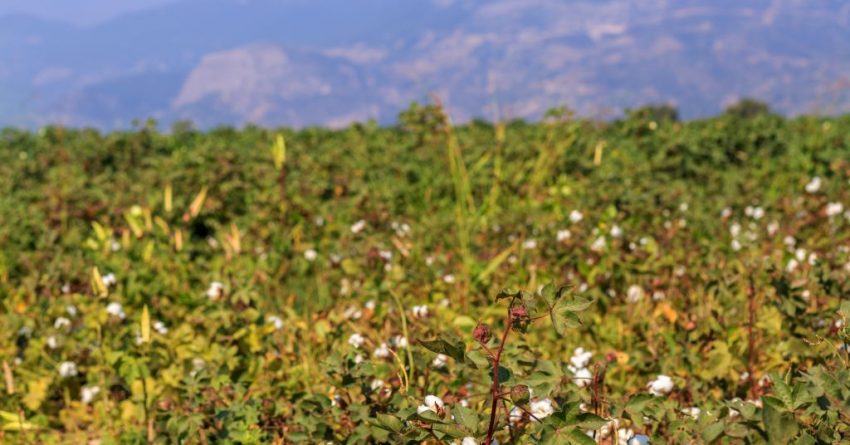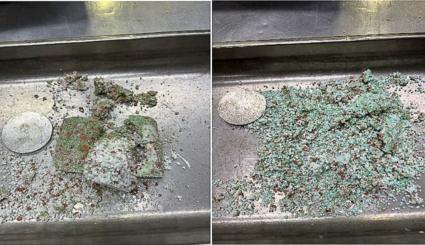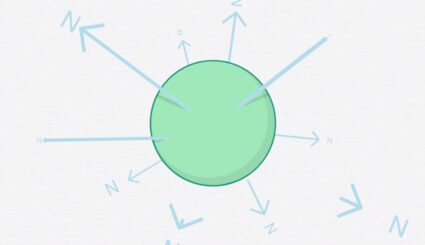Diagnosing nitrogen deficiencies

Nitrogen is one of the primary nutrients for plant growth along with phosphorus and potassium. When moisture is adequate, nitrogen encourages the plant to grow faster, accumulate more biomass, and increase photosynthesis creating a higher yield potential. But when moisture is scarce, the plant will start shedding leaves in order to survive because the increased biomass is no longer allowing the plant to sufficiently feed itself.
If you were able to do a soil test after harvest last season, use the data collected to develop your nitrogen management plan for this year. If you don’t have up-to-date soil test information, or you think you may have experienced nitrogen loss after your pre-plant application, what are the visual symptoms you can look for to stop nitrogen deficiency before it’s too late? We’ve provided a list of visual cues to help you diagnose nitrogen deficiencies in wheat, corn, cotton, soybeans and canola.
Wheat
-Yellowing (or chlorosis) typically beginning in the older tissues first
-Stunted growth
Corn
-Pale, yellowish-green corn plants with spindly stalks or stems
-Late season: v shaped yellowing on the tips of leaves
-Yellowing, or “firing” (browning of the leaf tissue), begins at leaf tip on lower, older leaves and progresses up the plant
Cotton
-Early season: yellowish-green leaf color. Appears first on older leaves
-Reduced plant height
-Short fruiting branches
-Bolls shed soon after flowering
-Late season: reddening in middle of canopy. Few bolls are retained at late fruiting positions
Soybeans
-Pale green plants, leaves may later turn yellow
-Symptoms appear first on basal leaves and spread to upper parts
-Spindly, stunted plants. May eventually defoliate
Canola
-Leaves at bottom of plant yellow prematurely
-Older leaves turn pale green, yellow, and sometimes purple
-Reduced biomass – thin and spindly plants
-Low pod numbers
-Slow plant growth
Sources: IPNI, Canola Council
In addition to these visual cues you may want to conduct a tissue test to help determine if additional nitrogen fertilizer is required.
To better understand the nitrogen management, study the nitrogen cycle and learn the processes that affect nitrogen transformations and plant availability.
If ESN isn’t a part of your nitrogen management plan yet, get in touch with your local rep, or tweet us your questions @SmartNitrogen. Put ESN to work increasing your crop yields, nitrogen-use efficiency, and profits.


